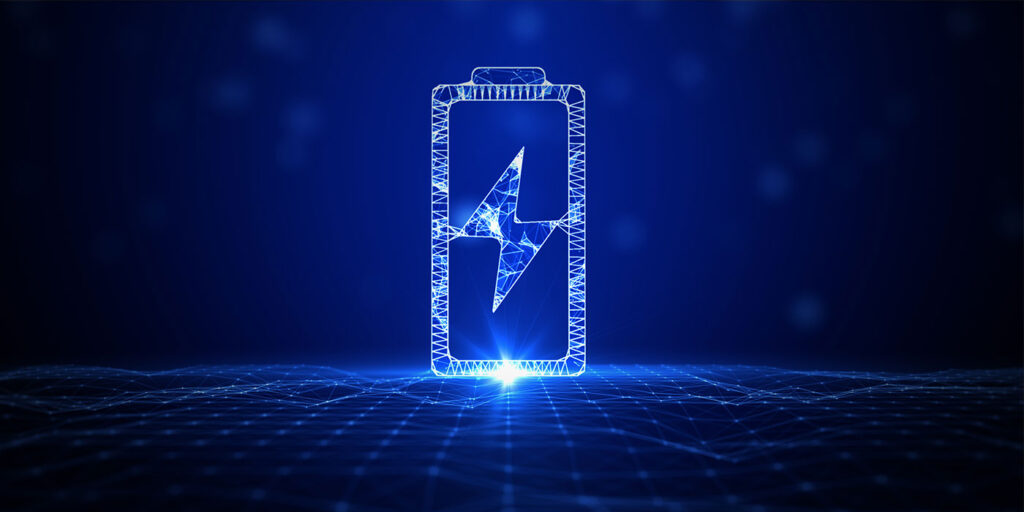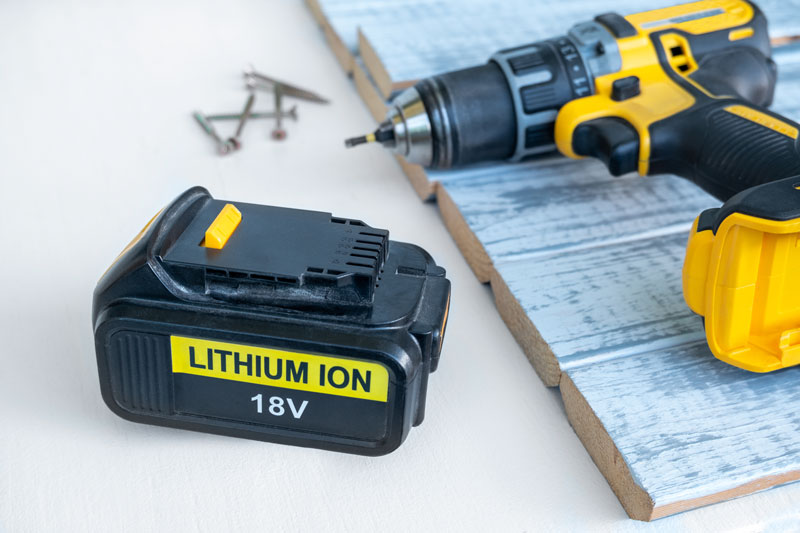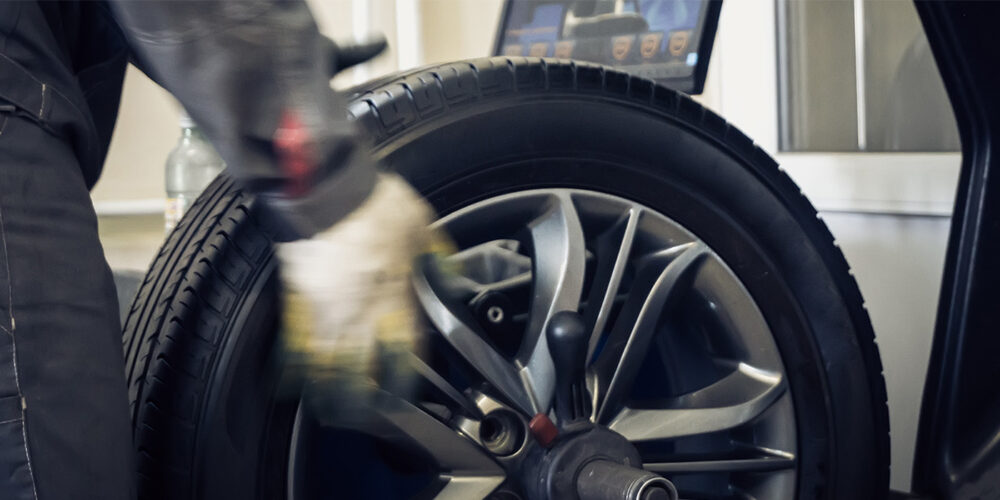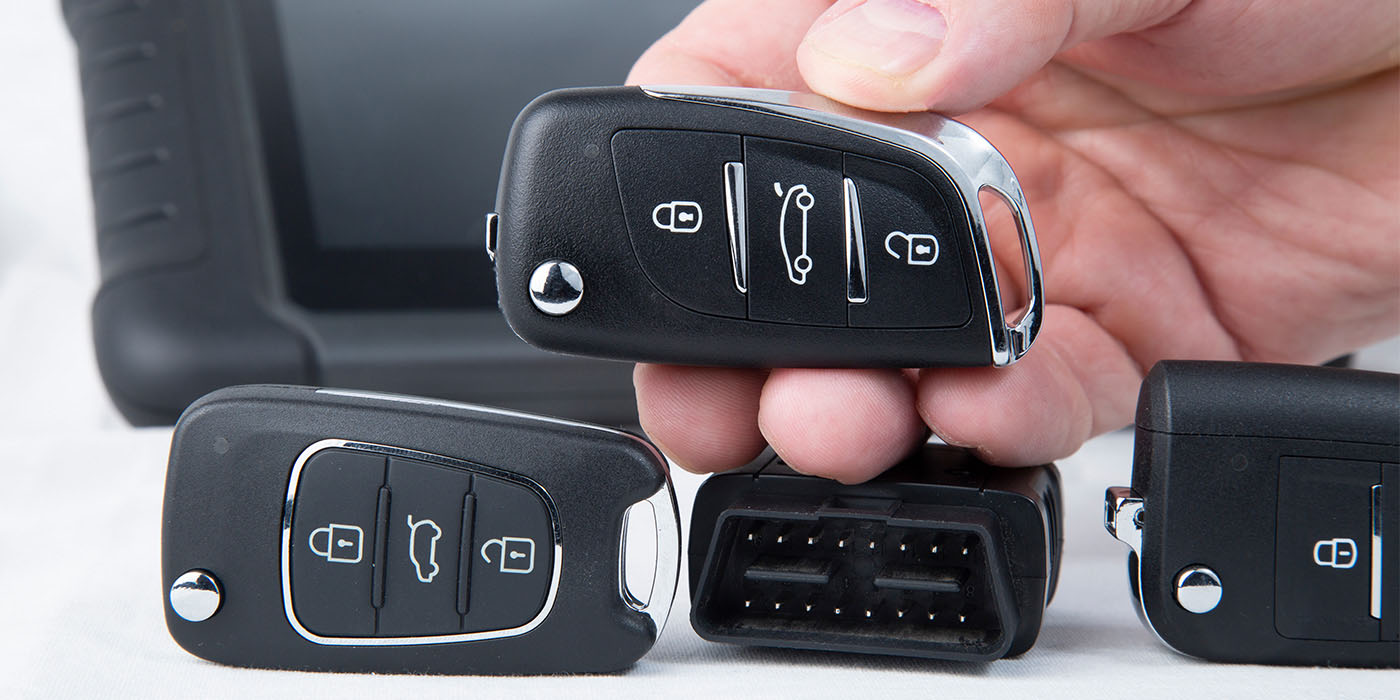Cordless power tools have been one of the hottest topics for the last few years. We owe their impressive performance to technology and innovation, but if there’s one thing that deserves a lot of the credit, it’s the battery.
If I had a nickel for every time I’ve mentioned how battery technology has improved over recent years, I wouldn’t be playing the lottery tonight. Or for that matter, the next time the jackpot gets really big, because we all know we’re more likely to be abducted by aliens than win the lottery.
So, while I’m saving my nickels, I figured it’s a good time to finally write something about how battery technology has improved. Admittedly, my boasting over new batteries hasn’t been based on any specific expertise or scientific knowledge, but rather just personal experience. I’m not alone, being a member of the “D” cell generation, with many years spent battling old flashlight batteries as well as a somewhat lackluster performance of early cordless tools.
Knowing the batteries are better is one thing, but to appreciate and understand why they are so good today, I needed a timeline so I could wrap my head around it all. Batteries themselves were a monumental invention, dating back to the late 1800s. Prior to the development of a dependable battery, acetylene lamps were used in homes, on cars, motorcycles and bikes, on boats and in the coal mines.
The acetylene gas was formed by a reaction between calcium carbide and water, and it was either piped to the lamp, such as in the case of a home, or the entire process, including the burning flame took place within a lamp, which, in the case of coal mining, was small enough to be worn on the head. This was advanced chemistry of the time.
Then came the first batteries. They must have seemed amazing at the time, but comparatively there’s nothing from the 20th century that can remotely come close to the batteries of today. So, what is it that has made such a difference?
Like it or not, it’s all about chemistry. We all know what a battery does. It creates electricity from a chemical reaction, right? Even better, we’re all familiar with how a traditional lead-acid battery works, because this is still the most common type we see in automotive use. It’s a chemical reaction in which the plates inside the battery react with the electrolyte solution of sulfuric acid and water.
Since the positive (lead oxide) and negative (lead) plates are made of different material, the chemical reaction between them differs. During the reaction of the positive plates and the electrolyte, sulfate joins with the lead and kicks oxygen ions into the electrolyte, which join with hydrogen atoms to form water. On the flip side, in the reaction between the negative plates and the electrolyte, sulfate joins with the lead and electrons are released in the process. Electrons carry a negative charge, and therefore a buildup of negative electrons is available at the negative terminal of the battery.
Since negative electrons naturally repel each other just like two similar poles of a magnet, and since electricity is the flow of electrons, when we provide a path between the negative and positive sides of the battery, the negatively charged electrons are attracted to the positively charged atoms on the other side of the battery, and hence we have current flow.
This may seem like old news, but it lays important groundwork in the understanding of all batteries. When there is no path for current to flow, there is a buildup of negative electrons, and with nowhere to go, they sit and wait, and the chemical production of electricity stops. But they are sitting, waiting impatiently for a path to flow. The electrical potential that is available at this point is the battery voltage.
When any electrical consumer is initiated, a path for current flow is created and the chemical production of electricity resumes. As this chemical reaction occurs in a wet cell battery, the electrical potential (voltage) is continuously available. However, the chemical state of the battery continues to change as the chemical reaction occurs, and the electrolyte slowly becomes diluted, eventually becoming mostly water with no sulfuric acid left to react with the positive and negative plates. The plates themselves are then coated with lead sulfate.
At this point, the battery is considered “dead,” and does not have the ability to produce enough voltage for any of the components in the system to operate. There are many chemical and electrical factors that come into play when a battery discharges, and it can be a much deeper hole we won’t go down for now, but the bottom line is that the available voltage and current will steadily decrease at a consistent rate.
This too, is an important point, and it’s why, if you were to watch the intensity of a light for example, it would slowly get dimmer and dimmer until the battery was dead. As the chemical ability of the battery slowly diminishes, so does the electrical potential it can generate.
By introducing electrical current back into a wet-cell battery, the chemical process is reversed, ultimately resulting in a fully charged battery, or one that has all its chemical potential available.
Now, let’s look at a typical dry cell battery, for example a flashlight “D” cell. Like an automotive battery, it generates electricity through a chemical reaction. But a traditional lead-acid battery is a wet cell battery, which means, quite obviously, that there is a liquid inside. We know the liquid is the electrolyte, and it is necessary for the chemical reaction between both the positive and negative plates.
A dry cell battery works in the same way, except the chemical makeup is different. There is still a positive and negative, however the electrolyte substance, while often originating as a liquid, is either soaked into the barrier between the positive and negative materials, or it is in the form of a gel. Either way, it can’t and won’t leak out, so the battery is considered dry.
The original dry-cell battery was a zinc-carbon combination. These batteries could not be recharged since the chemical reaction that occurred could not be reversed. Many companies pursued the chemical advancement of batteries, and eventually the alkaline battery made its mark on battery performance with a much longer battery life and higher energy density. In this case, the alkaline terminology referred to the chemical components that made up the electrolyte, but the rest of the battery makeup differed as well. Alkaline batteries were still not rechargeable, but with almost double the energy density, they were a huge step from the original zinc-carbon
dry cell.
Eventually, all thanks to chemistry, rechargeable dry cell batteries were developed, and you’ve already heard of them. They are familiar terms like nickel cadmium (NiCad), nickel-metal hydride (NiMH) and Lithium Ion (Li-ion).
I think you’ve got a pretty good handle on the theme here, but there’s more icing to put on the cake. NiCad and Li-ion batteries eventually began to come out ahead as two of the best performers. Compare them to anything prior and you’ve got winners, but Li-ion has been stealing the show in recent years and has really put the crowning touch on battery technology.
NiCad batteries are just as powerful and they are less expensive than Li-ion, leaning the scales in their favor. But here’s where they start to tip back the other way. Li-ion batteries are smaller and lighter than NiCad, because Li-ion is able to produce a higher voltage than any other battery, so less size is needed for the same power. This aspect of Li-ion gives it a higher energy density than any other battery.
Li-ion also experiences a very minimal self-discharge effect, to the point where it’s almost considered none. Self-discharge occurs in almost every other type of battery, where there’s just enough chemical activity taking place to slowly drain them down. While this effect won’t be noticeable for the tools you use every day, the variety of cordless tools is so vast that most of us have them at home too, often with extra batteries.
It doesn’t take much for months to fly right by, and when all of a sudden you need that cordless tool that’s in your toolbox at home, wouldn’t it be better if the battery was still charged?
NiCad batteries also suffer from a memory effect, meaning they remember the point at which their recharging cycle began. In subsequent uses, when they reach this point, voltage begins to drop off quickly, diminishing the performance. This is why it’s recommended to use a NiCad battery until it’s completely dead before recharging it.
It’s easy to see why Li-ion steals the show, but there’s one other really neat aspect of them that makes their performance so noticeably different. Their load characteristics allow them to provide a consistent electrical potential to within seconds of them being dead. This means there’s no drop off in performance or slowing down of the tool. They pack a punch right up until the end.
While Li-ion batteries are riding high with all their advantages, they do require sophisticated control electronics in order to operate and maximize their advantages, which can in some cases make them more fragile. NiCad batteries can make a claim to durability on this end, and since they don’t need the sophisticated control, they are often still more common for electronics such as cameras.
As with many things, there are pros and cons when deciding between one product or another. With cordless tools, it may come down to the additional features of the tool, because no matter how you look at it, the batteries are just plain good, and they can only get better.















